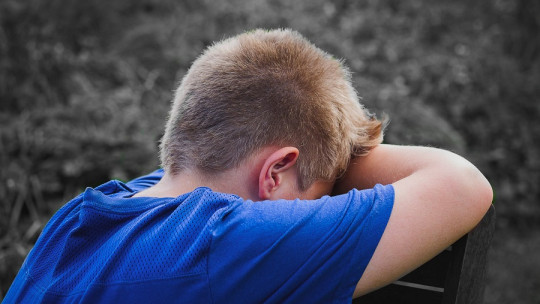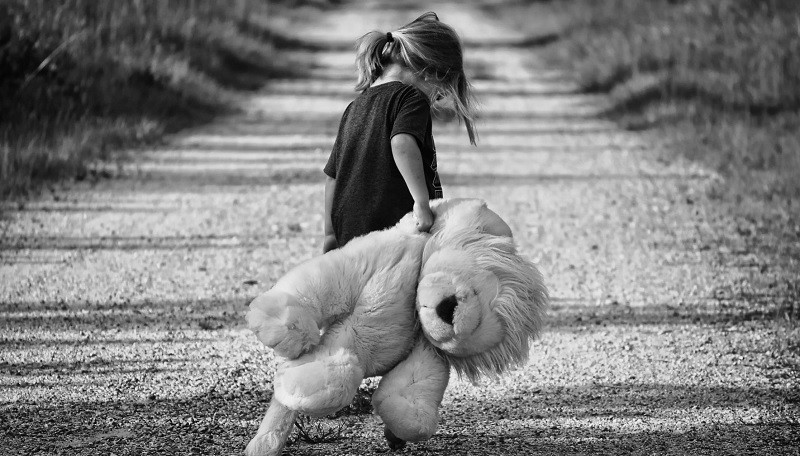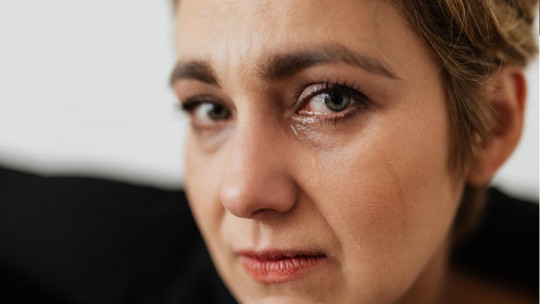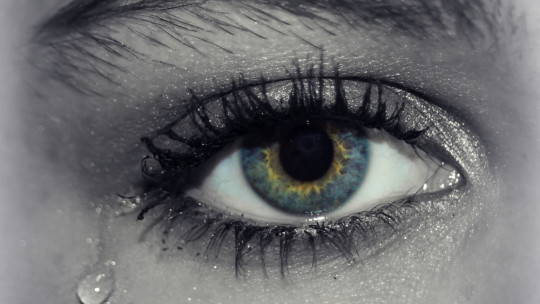
The loss of a loved one is something inherent to life and people are naturally trained to respond to it through a process as complex as grief, which was a cluster of emotional, psychological and behavioral reactions. that develop at the moment when someone close is lost.
The younger a person is, the more complex the grieving process is, and therefore, for the treatment of grieving in boys and girls, we can find various types of psychological therapies: cognitive-behavioral psychological therapies, prevention programs and support during the process. grief or intervention at the family level, among others.
In this article we will try to explain in greater detail What does grief treatment in boys and girls consist of? ; First of all, we are going to make a brief introduction about a process as complex, as well as natural, as grief.
What is grief in Psychology?
According to the Dictionary of the Royal Spanish Academy (RAE), the word “duel” has 3 definitions:
In this article we intend to refer rather to the first two definitions, when talking about grief as that reaction, manifestation or feeling that a person expresses due to the death of a loved one. Therefore, we speak of mourning as that set of phenomena produced in human beings at different levels: psychological, social and biological after the death of a close and loved person, mourning consisting of a process that develops step by step as the person is one of the adaptive processes of the human being.

It should be noted that in some of the reference manuals we can find a classification about grief, where grief can be divided into two different categories: normative grief and complicated grief. In general, the physical, psychological and behavioral manifestations of complicated grief are the same as those that usually occur in normative grief, only that in complicated grief all of them tend to interfere in a more significant way in mental health and in different areas of life. of the affected people.
Types of grief treatment in boys and girls
If we start searching among the main reference manuals on the treatment of grief in boys and girls, we will probably not find psychotherapy treatments that are proposed as first-choice treatments based on empirical evidence, since today they are needed. more studies that are based on the effectiveness of treatments for grief in childhood and adolescence.
Despite this, some systematic reviews and also meta-analyses have been carried out where the usefulness of some psychological interventions or therapies (e.g., family therapy, cognitive-behavioral psychotherapy, play therapy, etc.) has been collected. ). Next, we will explain in more detail what these psychological treatments consist of, which are usually used for the support and treatment of grief in boys and girls.
1. Prevention and support programs
For the treatment of grief in boys and girls, there are prevention programs and also support programs that are made up of multicomponent programs that include psychoeducation components, support sessions for help parents or close relatives and, of course, children to understand grief that they can feel free to talk about complex and delicate topics such as suicide and also encourage the expression of emotions.
On the other hand, these psychological programs are also about detecting possible psychopathological reactions or some associated risk factors, as well as helping to promote the correct functioning on a social and emotional level of the child who is going through grief.
It should be noted that this type of psychotherapeutic programs are based on a series of principles related to counseling and usually focus fundamentally on providing psychological support to those children who are grieving the loss of a parent or some other close family member and also to support when a parent is suffering from a serious illness that could become terminal.
However, although these programs are used quite frequently, there is not enough evidence about their effectiveness against childhood grief, although any help that could be provided in this type of situation never hurts.
2. Family intervention
The intervention would be a treatment for grief in boys and girls, the family grief program being highlighted here, which consists of a psychological intervention program that is focused on the promotion and development of resilience in those children who have suffered the loss of one or both parents and, more specifically, it is aimed at addressing those factors that mediate the soil process in these children.
This family psychological intervention is made up of 12 sessions in group format, with sessions focused exclusively on psychological support for children and another on the help of the children’s caregivers or guardians, although joint sessions are also carried out. In these, skills are trained and then tasks are assigned so that children can practice between sessions and thus be able to consolidate learning in session. Among the techniques used, it is worth highlighting role-playing, group feedback or modeling among other.
In studies on the effectiveness of this type of therapy we can find very favorable results in the short term, since it has been possible to observe a decrease in depression symptoms and also fewer behavioral problems on the part of children and they can also help increasing children’s warmth with caregivers and greater satisfaction with social support.
3. Cognitive-behavioral psychological therapy
Another treatment for grief in boys and girls that we can find is cognitive-behavioral psychological therapy, which in these cases would be the one focused on the trauma, it was developed with the objective of provide psychological support to children over 6 years of age in the face of grief for the death of a close person due to circumstances that could be traumatic.
This psychological treatment is made up of approximately 17 sessions, carrying out the therapy separately but simultaneously with the affected child and his parents, doing a joint session at the end.
This treatment is focused on helping to understand one’s own reactions to the trauma suffered and also on the development of a series of skills that could be used to cope with the circumstances one is going through and the event suffered.
On the other hand, some of the techniques used will be oriented towards the development of a narrative of the trauma that could allow desensitization to traumatic memories and also seek to restructure those maladaptive thoughts associated with the trauma and other thoughts of another nature that could cause significant discomfort. Furthermore, within this therapy Other techniques are included such as psychoeducation, relaxation, emotional imagination, etc
In this case, there are studies that have shown evidence of this therapy for the reduction of depression, anxiety, post-traumatic stress and also other behavioral and emotional problems associated with the event suffered, so it may be a recommended option in cases. of complicated grief in childhood and adolescence.
- Related article: “Cognitive-Behavioral Therapy: what is it and what principles is it based on?”
4. Narrative therapy
Narrative therapy is a treatment for grief in boys and girls. It is based mainly on the narration of a series of stories that can help children who are grieving the death of someone close to them verbalize and also process the death of someone close to them, such as be a parent. In these stories, the narrator is in charge of tell a story, telling the beginning and the middle, incorporating a series of elements that are associated with the loss of a loved one and then it would be the child who is in charge of telling the ending.
The professionals in charge of developing this type of therapies to help cope with grief have concluded that in their research they have been able to observe that children, although at first they are sad, appear fearful and shy, as the sessions progress they feel less They are little more comforted and more able to express their loss and pain through stories.
5. Play therapy
We can also find play therapy as a treatment for grief in boys and girls, which has been developed in order to establish a safe environment so that they can express their pain, since children normally experience certain difficulties when expressing their pain. words what they feel. This is why play therapy encourages children to be able to express their emotions, thoughts, worries and fears without fear.
Various materials are used in play therapy, such as paints, toy building blocks, and all types of toys (e.g., dolls, children’s medical kits, toy cars, etc.). The objective of using this type of materials is for children to be able to represent their own version of their fears, worries and also the death scene.
- You may be interested: “Play therapy: theoretical principles, uses and application”
6. Art therapy and music therapy
Finally, when talking about the treatment of grief in boys and girls, it is also worth highlighting art therapy and music therapy. The first of them is used in order to help children who are going through a grieving process to express their pain through drawing when they cannot find the words for it since it is likely that this will be easier for them and thus can help them process the traumatic and painful event they have suffered.
On the other hand, music therapy is made up of various techniques associated with the world of music such as musical improvisation, lyrical analysis and, of course, composing songs.
It should be noted that some music therapy programs include behavior modification sessions, cognitive-behavioral techniques, techniques for expressing emotions through song composition, as well as psychoeducation about grief so that these children can process and normalize this process. Furthermore, promising results have been found in studies carried out on music therapy.








